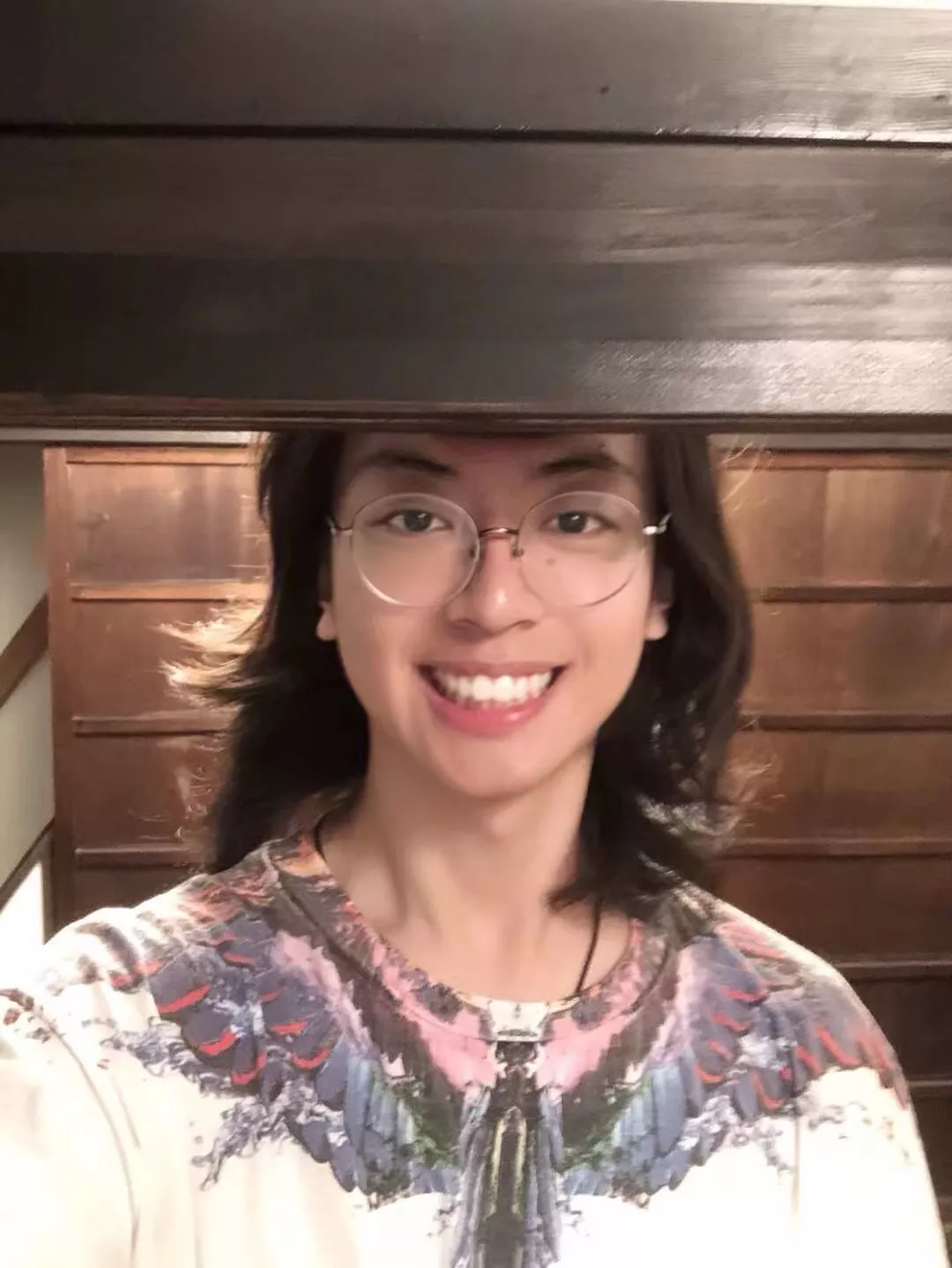Copyright, 2022

About me
Gongyi Shi is a first-year Master of Computer Science at UC San Diego. He obtained his Bachelor of Science in Computer Science and Statistics at the University of Toronto. Besides engineering, Gongyi Shi is also interested in research. He studied perception in virtual reality, computer networks, parallel computing, and real-time physics-based simulation. He is also currently conducting research in causal inferencing in large language models under the supervision of Professor Zhiting Hu and Professor Biwei Huang in Halıcıoğlu Data Science Institute at UCSD. Gongyi Shi has proven his strong communication and programming skills throughout his four internships, each for more than four months: two as software engineers, and two as student researchers, all located in North America. Checkout the resume for details!Interesting stuffs I made
GEMM CUTLASS Implementation in CUDA C++
I implemented the CUTLASS from GPU Technology Conference 2018 to optimize the hierarchy of GEMM with GPU architecture. The performance closely approaches NVIDIA cuBLAS implementation on a Turing T4 AWS instance.
(Note: This is a course project. Please contact me for the code and report.)
Multi-Object Detecting, Tracking, and Motion Predicting
I built an vehicle detecting, tracking, and motion predicting models with LiDAR input under the supervision of Prof. Raquel Urtasun, the founder of Waabi. I also improved the models with sophisticated loss functions, target hard mining, Gaussian target representation, and evaluating the approaches.
Thinking Outside of the Lab: VR Size & Depth Perception in the Wild
I studied on the first fully uncontrolled remote VR size and depth perception under the supervision of Prof. Karan Singh, Dr. Rahul Arora, and Jiannan Li in the Dynamic Graphics Project lab at the University of Toronto. We describe a fully remote perceptual study with a gamified protocol to encourage participant engagement, which allowed us to quickly collect high-quality data from a large, diverse participant pool (N=60). We also discuss the pros and cons of a fully remote perceptual study in VR, the impact of hardware variation, and measures needed to ensure high-quality data.Ray Tracing Old Style Disco Illuminations
Based on the planet model from CSC318 at the University of Toronto, I implement a ray tracing, and a cone hit test, add new vertices, new time-scheduling parameters and other effects you could see. The ray is obtained by transforming the fragment coordinate into wolrd coornidate. The user can modify the resolution by editing the values of 'width' and 'height' in main.cpp (and REBUILD the exe). Instead of representing cones with triangle meshes, I use a huge ball (easier for a single person project) at the back as a screen and present cone intersection on the screen. I also, by modifying the ray's direction, create a background. ASA Datafest 2020
ASA DataFest@UofT COVID-19 Virtual Data Challenge project using emotions that people express on Twitter to explore the societal impacts of the COVID-19 pandemic. We trained NLP model using transfer learning on RoBERTa (a variant of BERT), and specially tweaked it for Twitter text. Obtained Honorable mentions.
PCG Preconditioner with Transformer Model.
(Link Unavailable)
I studied transformer model on predicting the preconditioner for conjugate gradient solver under the supervision of Prof. David Levin at the University of Toronto and Prof. Shinjiro Sueda at the University of Texas at Austin.